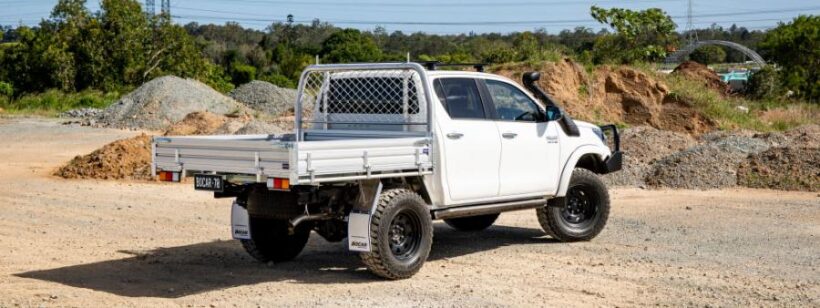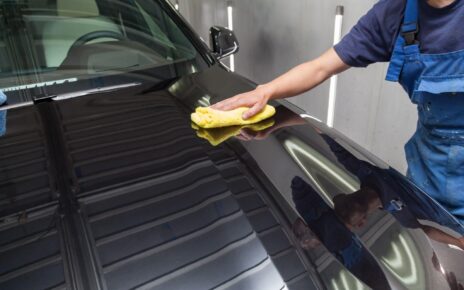When it comes to choosing the best material for your ute tray, two of the most popular options are aluminium and steel. Each material has its own set of advantages and disadvantages, and choosing the right one for your specific needs can be challenging. In this guide, we will provide a detailed analysis of the pros and cons of both materials, along with real-world examples and expert insights to help you make an informed decision.
Weight
One of the most significant advantages of aluminium ute trays is their weight. Aluminium is a lightweight material, making it an ideal choice for applications where weight is a concern. For instance, if you frequently transport heavy loads, an aluminium ute tray could help you increase your payload capacity.
On the other hand, steel ute trays are significantly heavier than their aluminium counterparts. However, this additional weight can be beneficial in certain applications, such as off-road driving, where a heavier tray can help provide better stability and improve handling.
Durability

Durability is another crucial factor to consider when choosing between aluminium and steel ute trays. While aluminium is a lightweight material, it is also less durable than steel. Aluminium is prone to dents, scratches, and corrosion, which can be detrimental to its long-term performance. However, modern aluminium alloys are more robust than older generations, providing greater strength, durability and resistance to corrosion.
In contrast, steel ute trays are more durable and resistant to impact and wear than aluminium. They are less prone to dents and scratches and are typically stronger, allowing them to handle heavier loads and rougher conditions. Steel also has the added benefit of being less susceptible to rust and corrosion, provided it is properly coated and maintained.
Cost-effectiveness
Cost-effectiveness is a crucial consideration for any purchase, and ute trays are no exception. Aluminium ute trays are generally more expensive than steel ute trays, primarily due to the higher cost of materials and fabrication. However, the lighter weight of aluminium may lead to lower fuel consumption and longer tyre life, which can provide long-term cost savings.
Steel ute trays are generally more affordable than aluminium ute trays, primarily due to the lower cost of materials and fabrication. However, the added weight of steel can lead to higher fuel consumption and increased tyre wear, which can offset some of the initial cost savings.
Technological Advancements

Advancements in technology have led to significant improvements in the performance and durability of both aluminium and steel ute trays. For instance, modern aluminium alloys are stronger and more resistant to corrosion, while steel alloys have become lighter and more durable. Additionally, many manufacturers are now offering powder coating and other advanced finishing options to improve the appearance and durability of both materials.
Expert Insights
According to industry experts, choosing the right material for your ute tray depends on your specific needs and intended use. If you are looking for a lightweight option that can help you increase your payload capacity, aluminium is an excellent choice. However, if you need a more durable option that can handle heavier loads and rougher conditions, steel is the way to go.
Real-World Examples
To illustrate the differences between aluminium and steel ute trays, let’s look at some real-world examples. In the mining industry, where durability and resistance to impact are critical, steel ute trays are typically preferred. However, in the construction industry, where weight and fuel consumption are significant concerns, aluminium ute trays are often the preferred choice.
Conclusion
In conclusion, both aluminium and steel have their own set of advantages and disadvantages when it comes to choosing a ute tray material. While aluminium is lightweight and corrosion-resistant, it is less durable than steel and may be more expensive. On the other hand, steel is more durable and resistant to impact and wear, but it is heavier and may have a higher initial cost.
Ultimately, the best material for your ute tray will depend on your specific needs and the intended use of your vehicle. By considering factors such as weight, durability, and cost-effectiveness, as well as any new technological advancements, you can make an informed decision when choosing between aluminium and steel ute trays.




